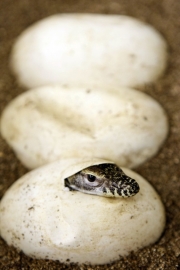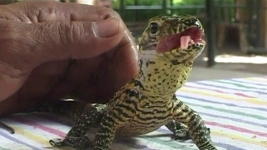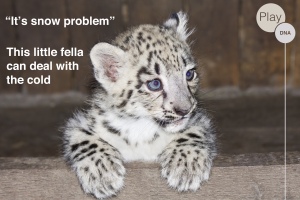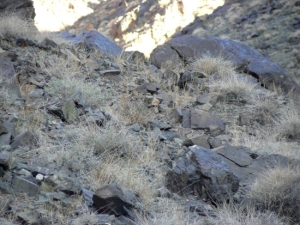by Dr James Sleigh
To celebrate the appearance of PlayDNA on the BBC’s Dragons’ Den, we are diving into the mystical world of dragons…
Powerful, fearsome, venomous. A rare breed of predator with sharp claws, razor-like teeth, and an insatiable appetite. No, we are not talking about Deborah Meaden, Peter Jones, or even Duncan Bannatyne of Dragons’ Den fame. We are describing the Komodo dragon, the largest living lizard, and native of the Indonesian Islands of Southeast Asia. But, do they deserve their dragon moniker?
They have no wings, and they can’t breathe fire, you say. Nor do they live for centuries, or like to hoard gold.

A real dragon
Photo courtesy of http://ngm.nationalgeographic.com

Not a real dragon
Photo courtesy of http://hollywoodlife.com
Nevertheless, these creatures, which can grow to over three metres in length and eat up to 80% of their body weight in a single feed, do possess an almost mythical ability worthy of the dragon name.
 Miraculously, in separate zoos in the UK (Chester and London), two female Komodos, which were completely isolated from males, laid clutches of eggs that resulted in lots of baby dragons. This ability for females to produce offspring without mating with a male is known as parthenogenesis, and is very rarely seen in vertebrate species (those with a backbone like you and me). In fact, only about 1 in 1,000 vertebrates can reproduce in this manner. It was particularly unexpected that such a large animal as the Komodo dragon would join this rather selective group.
Miraculously, in separate zoos in the UK (Chester and London), two female Komodos, which were completely isolated from males, laid clutches of eggs that resulted in lots of baby dragons. This ability for females to produce offspring without mating with a male is known as parthenogenesis, and is very rarely seen in vertebrate species (those with a backbone like you and me). In fact, only about 1 in 1,000 vertebrates can reproduce in this manner. It was particularly unexpected that such a large animal as the Komodo dragon would join this rather selective group.
Intriguingly, all the virgin baby dragons were males. This is because of the interesting genetics of Komodos. Much like we have X and Y sex chromosomes (XX = female and XY = male), Komodo dragons have W and Z chromosomes. However, rather than females having two of the same sex chromosome like humans, female Komodos have one W and one Z chromosome while males are ZZ. When female dragons are isolated from males, through parthenogenesis they are able to duplicate either their W or Z chromosome (along with the rest of their non-sex chromosomes), resulting in eggs that are either WW or ZZ. The WW eggs do not survive, but the ZZ eggs produce viable male baby dragons.
It is believed that this ability to switch between sexual and asexual reproduction has evolved as a strategy to be able to survive in the Komodo’s natural habitat of isolated islands. Females finding themselves washed up on unpopulated islands are able to reproduce asexually, producing males for future mating.
Fascinating.
Not quite cloning, but I’m sure some of the BBC dragons would be interested in making similar duplicates of themselves so they could make twice as much money! What’s that? You want to know the outcome of PlayDNA’s adventure in the dragon’s lair? Well, you will just have to wait until Sunday to see how Dr. Sam and Dr. Stuart fared…
PlayDNA is on Dragons Den Sunday 2nd February BBC2 at 9pm.




